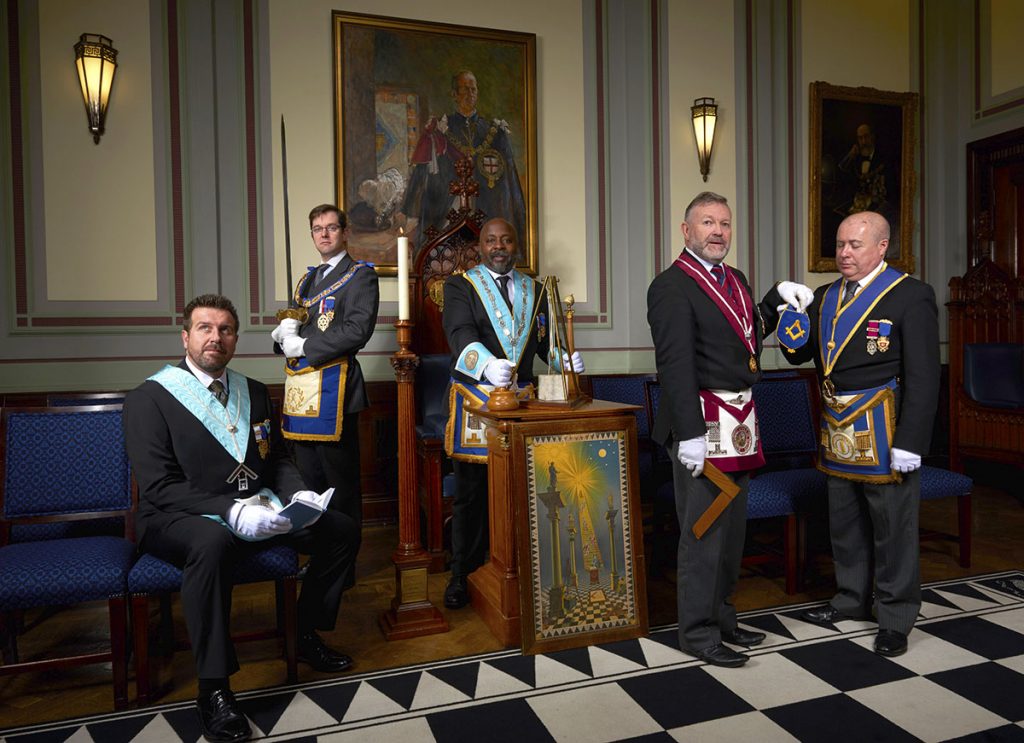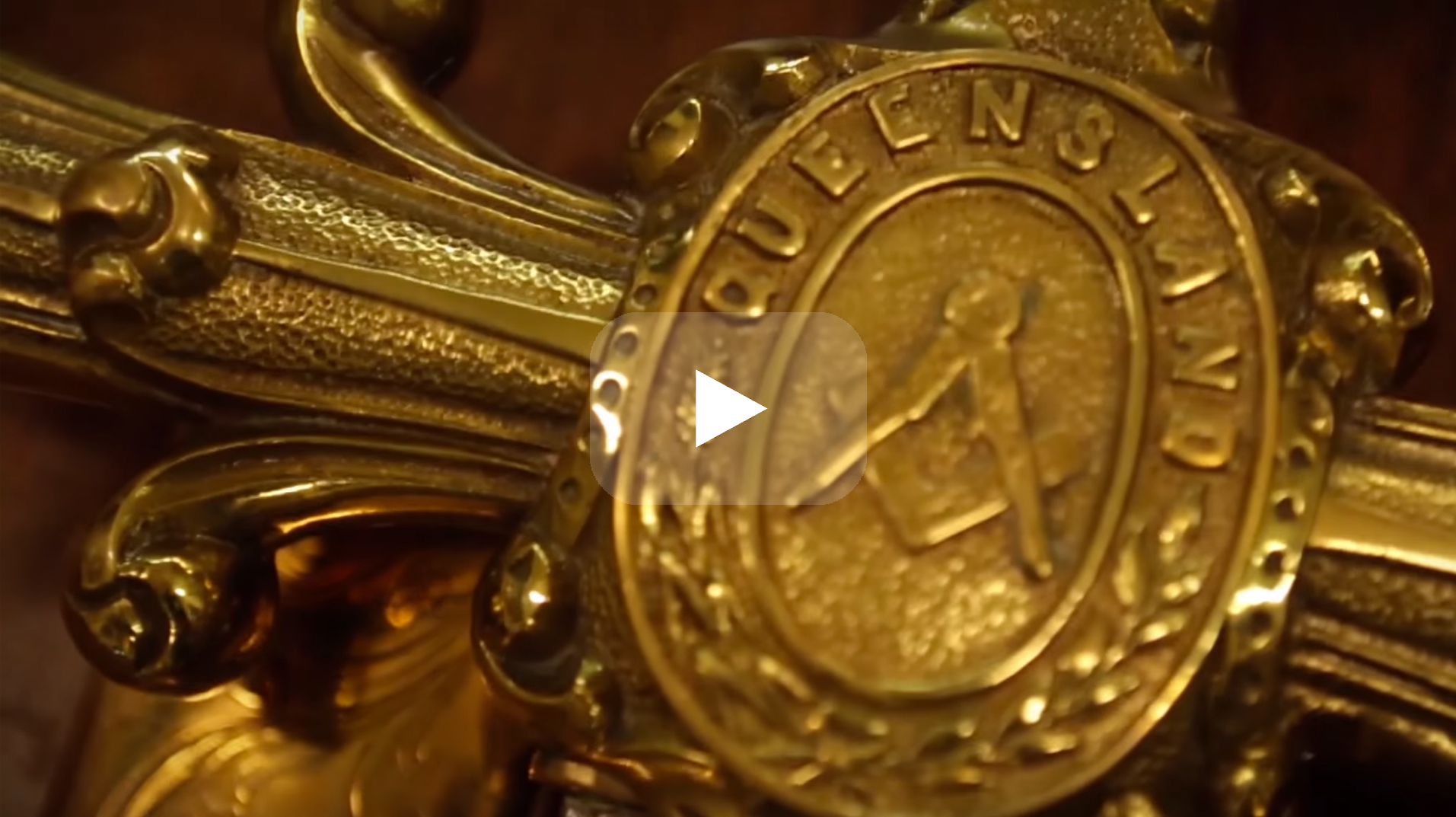Learn How to Join Freemason and Unlock Lifelong Connections
Learn How to Join Freemason and Unlock Lifelong Connections
Blog Article
Exploring the Mysteries of the copyright: What You Required to Know
The copyright, a term often shrouded in intrigue and controversy, stands for an intricate tapestry of historic truth and modern-day myth. Established in the late 18th century, this secret culture was initially rooted in the Knowledge's perfects yet has actually considering that come to be identified with conspiracy theory concepts about elite control. As we browse the origins, key figures, and the plain contrast between misconception and fact, one have to consider just how these stories influence modern understandings of power and privacy. What could be revealed through a better evaluation of these components could test long-held assumptions regarding the shadows that stick around in our society.
Beginnings of the copyright
The beginnings of the copyright are soaked in a mix of historic intrigue and ideological eagerness. Established in 1776 in Ingolstadt, Bavaria, by Adam Weishaupt, the team was initially developed as a secret culture targeted at promoting Enlightenment suitables such as reason, secularism, and the separation of church and state. join freemason. Weishaupt, a teacher of canon law, sought to challenge the prevailing authority of the church and state, which he saw as overbearing organizations suppressing intellectual and individual liberty
The copyright looked for to recruit significant participants from various societal markets, including national politics, academic community, and the arts, to cultivate a network devoted to these Enlightenment concepts. The society run under a shroud of secrecy, employing coded language and rituals to shield its members from oppression, particularly given the repressive climate of the moment. The copyright faced considerable opposition from both governmental authorities and spiritual organizations, which checked out the team as a danger to their power.
Trick Figures and Members
That were the essential figures that formed the copyright's early impact and instructions? The Bavarian copyright, established in 1776 by Adam Weishaupt, arised as a reaction to the oppressive societal structures of the moment. Weishaupt, a legislation professor, pictured the company as a way to advertise Knowledge ideals such as factor, secularism, and equality. His initial recruitment initiatives included prominent intellectuals, such as Baron von Knigge, that played a critical duty in increasing the team's membership and business structure.
An additional significant number was Johann Gottlieb Fichte, a famous philosopher whose concepts on nationalism and education resonated with the copyright's objectives. Although Fichte was not an official member, his philosophical underpinnings affected the group's ideology. Furthermore, numbers like the author and philosopher Johann Wolfgang von Goethe were related to the broader intellectual motions of the time, although their direct participation with the copyright remains discussed.
These crucial numbers added to the copyright's early instructions, pushing the borders of political and social thought, while their collective efforts aimed to challenge well established standards and foster a climate of modern modification in Europe. (join freemason)
Misconceptions vs. Fact
Lots of mistaken beliefs border the copyright, usually mixing truth with fiction in a method that obscures its real nature. The notion that the copyright proceeds to apply considerable influence over globe occasions is a myth.
Another prevalent misconception is that the copyright consists of a network of elite individuals controling global affairs. Actually, lots of conspiracy theories overemphasize the team's relevance, associating unproven objectives to social patterns and events. This has actually caused an oversimplified view of complex problems.
Additionally, the portrayal of the copyright in pop culture usually more misshapes its tradition. Films and literature have a tendency to sensationalize the organization's duty, producing a story that splits from historic truths. Comprehending the distinction between the misconceptions and the truth of the copyright is critical for discerning the authentic influence of this historic group and acknowledging the broader effects of conspiracy theory theories in modern my site society.

Modern Interpretations
Contemporary interpretations of the copyright usually show broader social stress and anxieties and a fascination with privacy and power. This modern-day lens often links the copyright with conspiracy concepts that suggest a hidden elite coordinates globe events, adjusting governments and economic situations for their own gain. Such stories take advantage of an ingrained mistrust of authority, specifically in times of dilemma or social turmoil.
In pop culture, the copyright is frequently illustrated as a supreme organization shrouded in secret, bring about a variety of fictional portrayals in literary works, movie, and songs. This portrayal serves not just to entertain however additionally to provoke considered the nature of power and control in modern culture. Social network has actually better enhanced these analyses, permitting for fast circulation of conspiracy theories and developing areas that share and expand upon these ideas.
Additionally, some modern-day interpretations frame the copyright as an allegory for the intricacies of globalization and the interconnectedness of significant individuals and organizations. This point of view motivates a vital exam of how power dynamics operate in today's globe, highlighting the basics balance in between openness and secrecy in administration and corporate methods.
Social Influence and Tradition
Influenced by centuries of intrigue, the cultural impact and legacy of the copyright extend much past its historic beginnings. This secret culture, established in the late 18th century, has penetrated different aspects of prominent culture, from literature and film to songs and art. join freemason. The idea of the copyright has developed into an icon of conspiracy concepts, commonly standing for a viewed covert power manipulating international occasions
In literature, writers like Dan Brown have woven the copyright right into complex plots, captivating viewers with themes of privacy and power. Movies such as "National Prize" and "The Da Vinci Code" even more bolster the appeal of the society, mixing fact with fiction to develop engaging stories.

Ultimately, the copyright's tradition is an intricate tapestry of myth and reality, forming understandings of privacy and control in modern discourse. Its enduring existence in society highlights humanity's seasonal quest for recognizing concealed truths.

Conclusion
The expedition of the copyright reveals an intricate interaction between historic truths and modern-day myth-making. Established in the Knowledge era, this society aimed to challenge oppressive frameworks, my response yet its heritage has actually been overshadowed by conspiracy theory concepts that suggest elite adjustment. Understanding the distinctions in between the initial perfects and contemporary interpretations is necessary for comprehending the withstanding fascination with the copyright and its substantial impact on cultural stories surrounding power and privacy in society.
Report this page